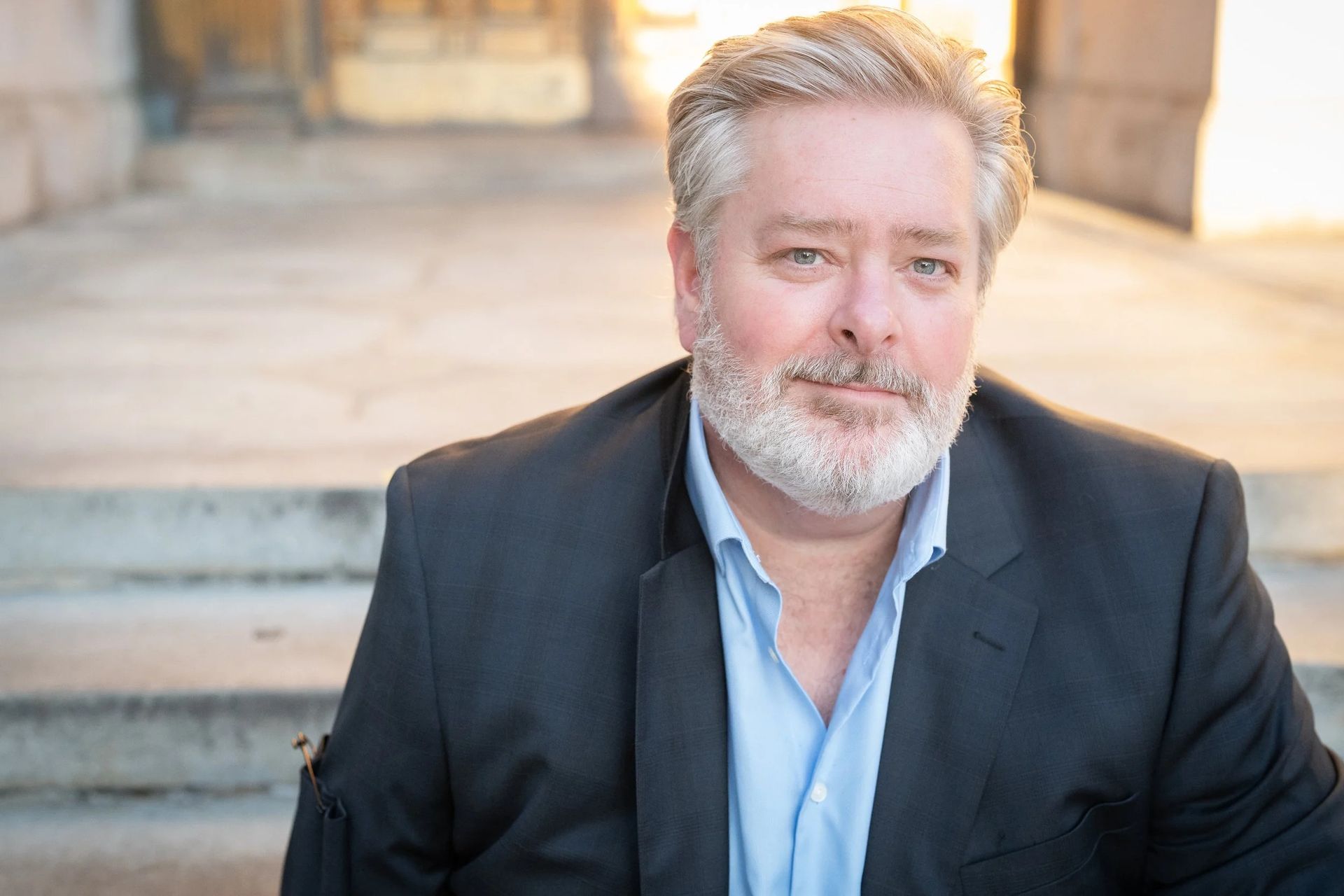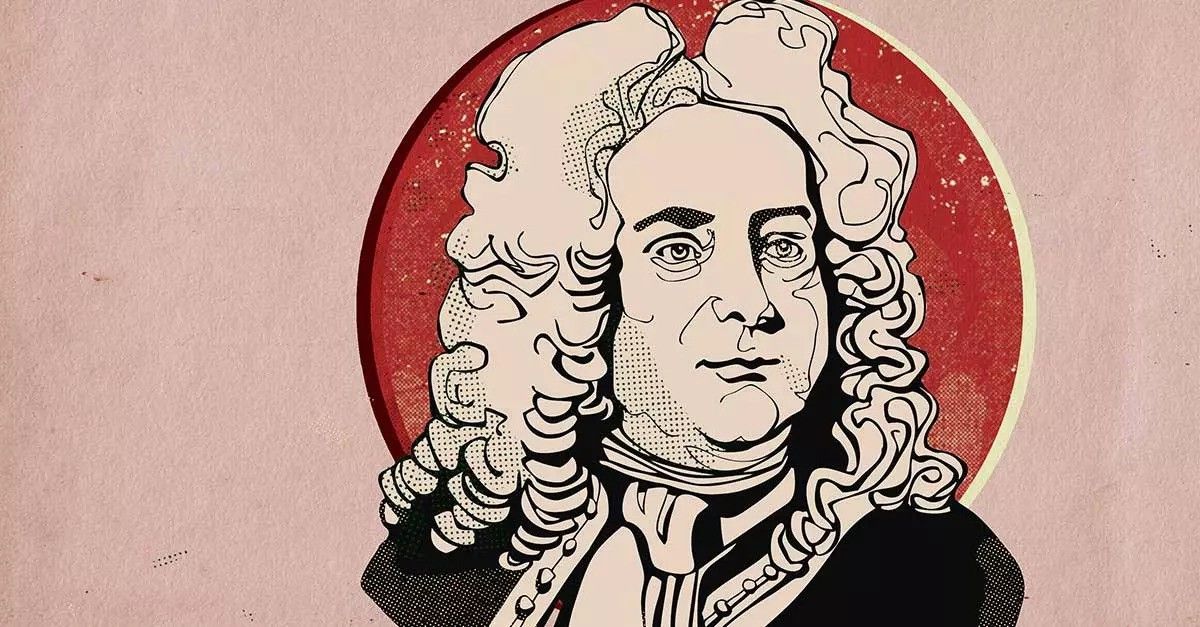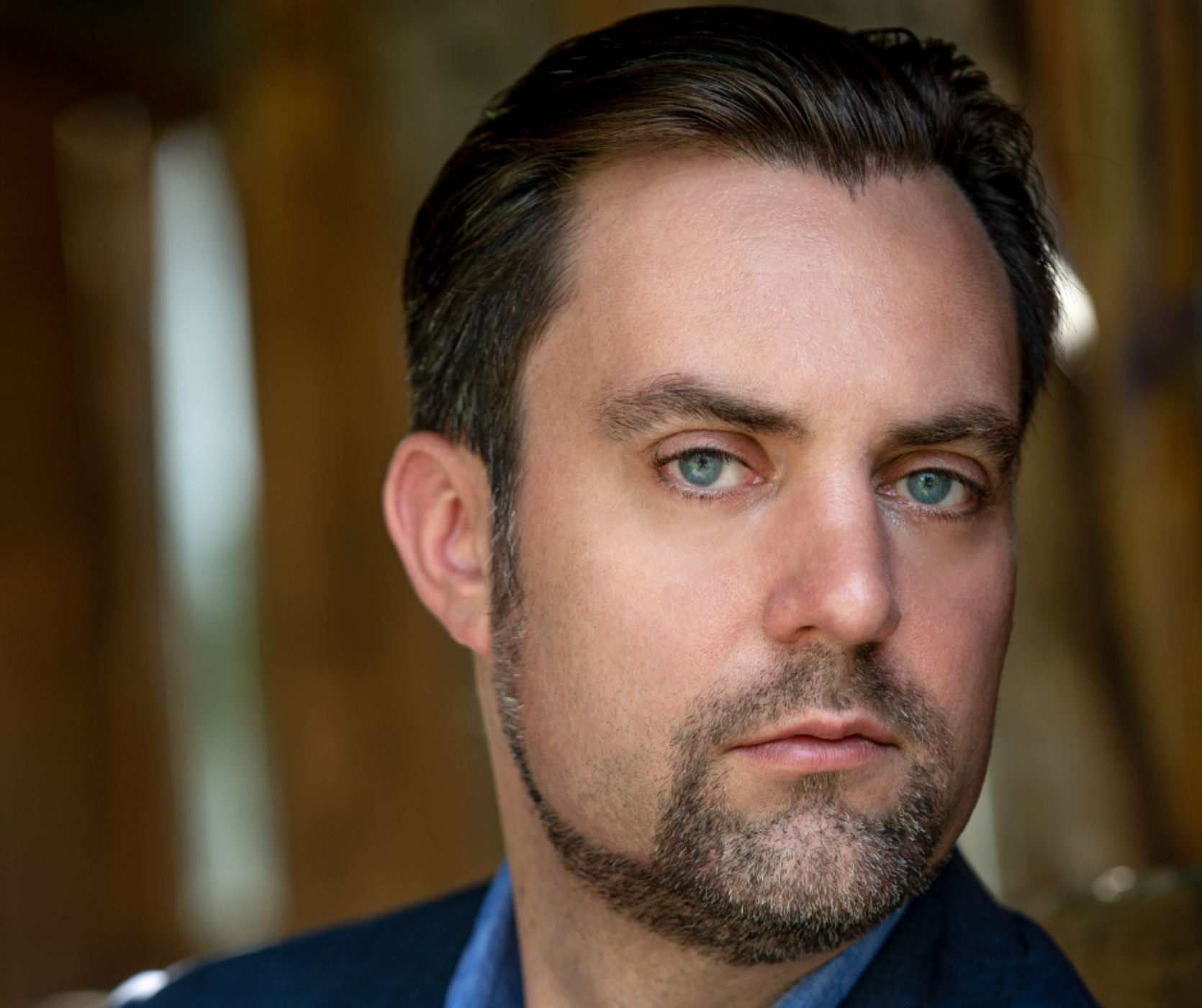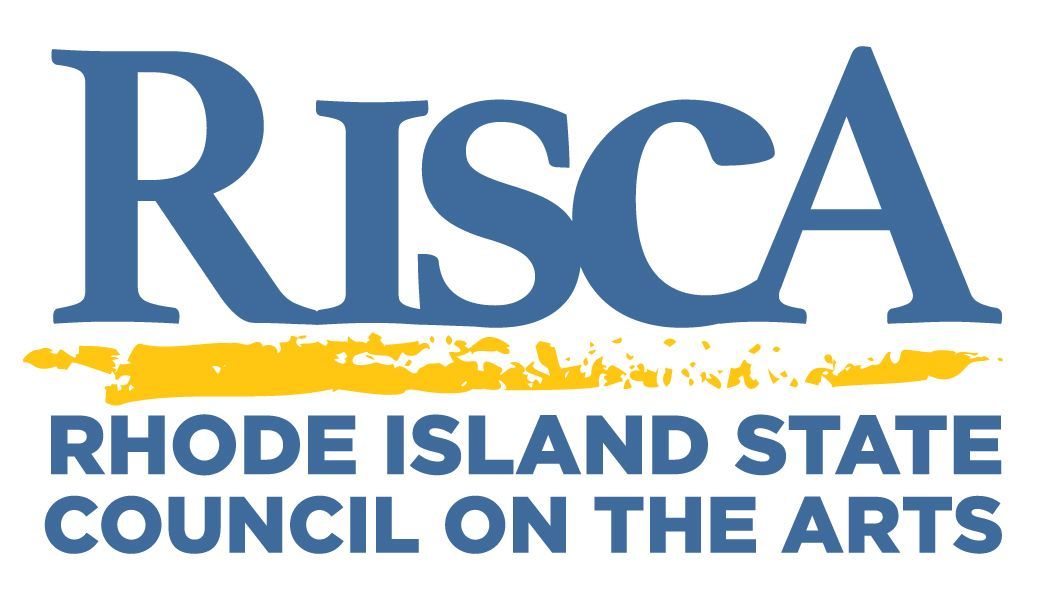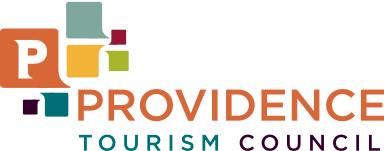SEASON FINALE: Learn the story behind the final concert of the 2018-19 season, May 3-4
Share
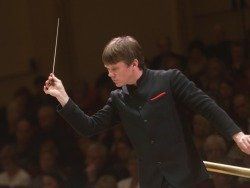
The RI Philharmonic Orchestra’s concert
includes Tchaikovsky, Prokofiev and Shostakovich, May 3-4
The TACO Classical Series concert is on Saturday, May 4, at 8 p.m.
The Open Rehearsal is on Friday, May 3, at 6:30 p.m.
For the Rhode Island Philharmonic Orchestra’s season finale, the Orchestra welcomes conductor Alexander Mickelthwate to The VETS for Tchaikovsky’s 1812 Overture, Shostakovich’s Ninth Symphony with Benjamin Beilman performing Prokofiev’s First Violin Concerto.
1812: Festive Overture
PETER I. TCHAIKOVSKY (1840-1893)
"When the czar rejected the Continental System, which was ruinous to Russia’s economy, Napoleon gathered the largest army Europe had ever seen. The Grande Armée, some 500,000 strong, . . . entered Russia in June 1812. The Russian troops . . . fell back, systematically devastating the land. After the indecisive battle of Borodino (Sept. 7), in which both sides suffered terrible losses, Napoleon entered Moscow (Sept. 14), where only a few thousand civilians had stayed behind. On Sept. 15, fires broke out all over Moscow; they ceased only on Sept. 19, leaving the city virtually destroyed. With his troop decimated, his prospective winter quarters burned down, his supply line overextended, and the Russian countryside and grain stores empty, Napoleon . . . began his fateful retreat on Oct. 19."
—The New Columbia Encyclopedia
The events of 1812 were to be celebrated in 1881 with the dedication of the Cathedral of Christ the Savior in Moscow (demolished by Stalin in 1931), and the authorities were looking for suitable music. About the same time, there was to be a grand Exhibition of Industry and the Arts, which also needed appropriately festive opening music. Through Nicolai Rubinstein, commissions were offered to Peter I. Tchaikovsky for an orchestral work. He chose the exhibition as his patron but referred indirectly to the cathedral through the music’s program and the inclusion of a sacred hymn at the beginning.
The Russian Orthodox chant, Save Us, O Lord, forms a solemn introduction to the overture. Chief among the main themes is the French national anthem, La Marseillaise, but Tchaikovsky also uses phrases from the chant, an operatic aria of his own composition, and a Russian folk song, U vorot. The development section brings the themes effectively into conflict, making their perfunctory recapitulation sound somewhat un-programmatic.
However, bombast in the coda is 1812 Overture’s real glory. The last gasp of La Marseillaise to the accompaniment of rushing scales, percussion and cannon fire prepares the way for the Russian national anthem (at that time), God Save the Czar, which peals from the woodwinds, brass, and a separate brass band. Strings, woodwinds, and bells punctuate the phrases, and the forte fortissimo aggregation is soon joined again by the cannon to spur the music on to its final glorious moments.
Violin Concerto No.1 in D Major, Op.19
SERGEI PROKOFIEV (1891-1953)
The musical style of Sergei Prokofiev ran to extremes—often within the same composition. In his late autobiography, he identified no fewer than four major trends in his music: (1) lyrical and melodic; (2) innovative and emotional; (3) toccata elements, chiefly driving, motoristic rhythms; and (4) classical elements.
Prokofiev’s intent in the first movement of this work incorporates the first and second trends. Marked Andantino, the music focuses on a dreamy principal theme, the mood of which dominates everything. Prokofiev warned, however, that the tempo “must not be dragged; it must, by all means, be Andantino and not Andante.” We can hear the second trend (innovation) here and elsewhere in the concerto, chiefly in the fresh treatment and special effects in the solo violin part.
In contrast with the first movement, the Scherzo finale exemplifies the third element (toccata). Pitting vigorous rhythms against the glitter of a solo part that leaps and dances, the composer’s wry sense of humor here flashes with its usual sardonic brilliance.
In the First Violin Concerto, the fourth trend (classicism) is not the least bit concealed, since he composed this while working on his First Symphony, the Classical Symphony. Although the concerto was not premiered until 1923, it was finished in 1917 (the year of the Bolshevik Revolution). We most easily hear classic grace in the themes of the final movement. The opening melody for bassoon, answered by the violin, especially conveys a balanced repose. The concerto ends with a combination of this theme and the opening theme of the work, now embellished with delicate, classic trills.
The “philosophy” of the First Violin Concerto is also that of classicism, with its characteristics of restraint and balance. As David Ewen has written:
"The virtuoso character of the solo instrument is never exploited (there are no cadenzas or passages of bravura writing), just as the orchestra is never allowed to assume the subsidiary role of an accompanying body. Solo instrument and orchestra are treated as a symphonic unit, both used inextricably in the development and embellishment of the musical ideas."
Symphony No.9, Op.70
DMITRI SHOSTAKOVICH (1906-1975)
“Musicians will love to play it and critics will delight in blasting it.”
—Dmitri Shostakovich
“Shostakovich, the profound thinker-humanist, has not yet mastered within himself the ironic skeptic and stylist. . . . A tragic satirical pamphlet aimed against the benign complacency and rosy illusions that supposedly spread after the war. . . . The carefree joy of the Ninth Symphony is not burdened with deep thoughts.”
— Soviet Critics
The symphony was written in 1945, during the first months following the end of WWII, and everyone was expecting something quite different from what they got. The critics and the government felt that the symphony should have been nothing short of monumental, a “National Ninth” celebrating “the heroic victory of the Soviet people” with choruses praising the glorious leader, Joseph Stalin — in short, a triumphal apotheosis. Instead, as analyst Roy Blokker has written,
Shostakovich turned his orchestra into a troupe of clowns, as had many an eighteenth-century composer whose scale and forms he borrowed. It is easy to understand why the Soviet political machine, anxious to launch into a program of rebuilding the state for the future, found little time to laugh. . . .
In his memoirs, Dmitri Shostakovich reflected on the effect the work exerted on his later official censure: “It was very unfortunate, the business with the Ninth. I mean, I know that the blow was inevitable, but perhaps it would have landed later, or less harshly, if not for the Ninth.”
The Ninth Symphony was Shostakovich’s personal celebration of the war’s ending. It is his own frothy “Classical” symphony, complete with 18th-century forms, a mischievous Prokofiev-like scherzo, and a brooding slow movement reminiscent of Mahler’s meditations. It holds a vast range of emotion and philosophy from the dance of life to the grief of death. The work is a complete humanistic portrait.
As we began this note with comments from Soviet critics, let us end with some descriptive comments on the symphony by Grigori Schneerson, a prominent, very objective Soviet musicologist of the time:
The opening bars of the first movement transport us at once to a bright and pleasant world. There is joyous abandon, the warm pulsation of life, and the exuberance of youth in those whimsical dance themes and rhythms. There is something about the classical purity of form, the dynamic development of the themes, and the rich expressiveness emanating from a sheer pleasure in the interplay of sound images that reminds us of Haydn. . . .
The second movement introduces a new mood, one of warm and gentle lyricism faintly touched by wistful meditation. The Scherzo, built on the variational development of several dance melodies, is perhaps the culmination of the emotional content of the entire symphony. It is music of radiant joy, an almost childlike abandon to happiness. . . .
The finale scintillates with humor and inventiveness. Radiant in mood and simple in design, the theme passes through masterful elaboration until it reaches the whirlwind coda that completes the symphony. A brief upward scale — and the symphony is ended.
Program Notes by Dr. Michael Fink © 2018. All rights reserved
***At a Glance***
TACO Classical Series Concert
Saturday, May 4, 8 p.m.
Alexander Mickelthwate, conductor
Benjamin Beilman, violin
TCHAIKOVSKY: 1812 Overture
PROKOFIEV: Violin Concerto No.1
SHOSTAKOVICH: Symphony No.9
Amica Rush Hour Series
Friday, May 3, 6:30 p.m.
Alexander Mickelthwate, conductor
Benjamin Beilman, violin
TCHAIKOVSKY: 1812 Overture
SHOSTAKOVICH: Symphony No.9
BUY TICKETS
Tickets start at $15 (including all fees), and can be purchased online at tickets.riphil.org, in person from the RI Philharmonic Orchestra Box Office in East Providence, or by phone 401.248.7000 (Mon.-Fri. 9 a.m.-4:30 p.m.). On day of concerts only, tickets are available at The VETS Box Office (Friday, 3:30 p.m.–showtime; Saturday, 4 p.m.-showtime). Discounts are available for groups of 10 or more. Questions can be emailed to boxoffice@riphil.org.

